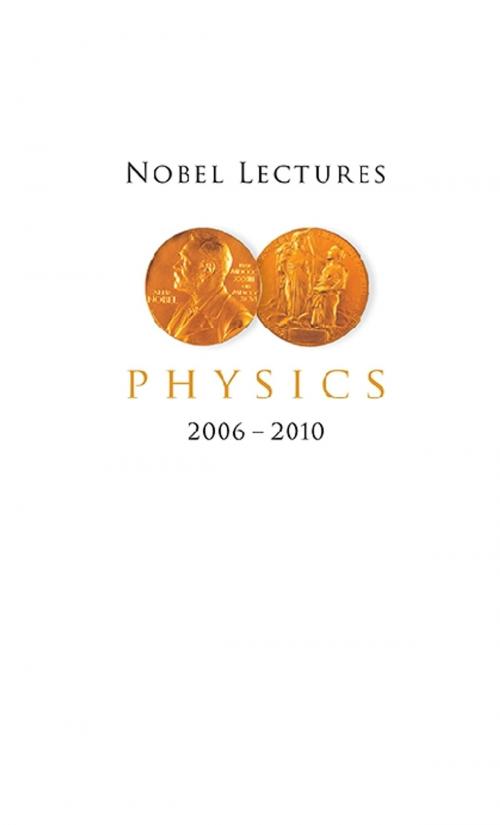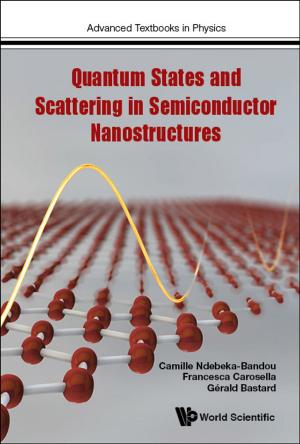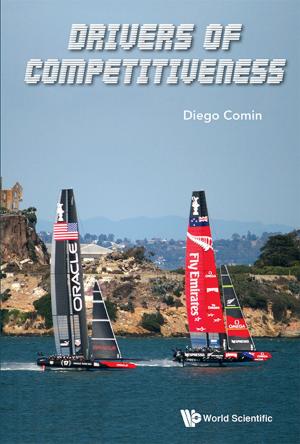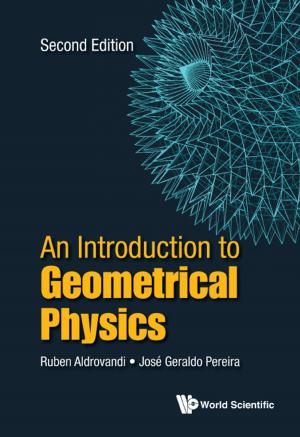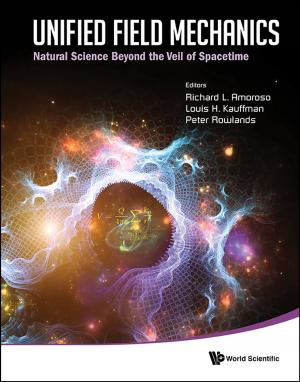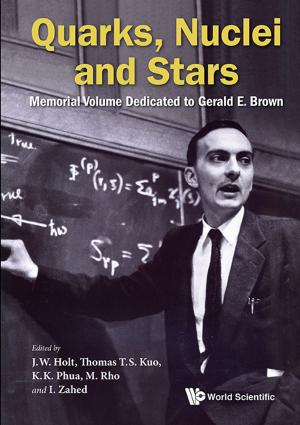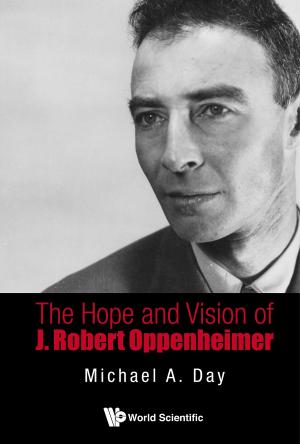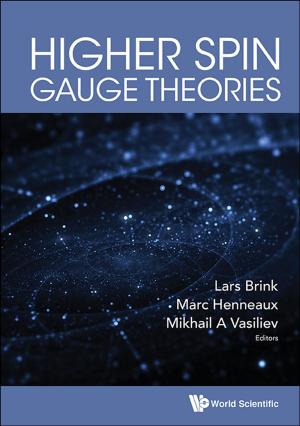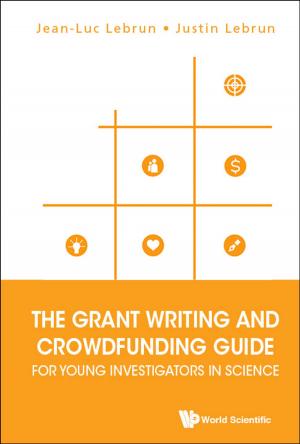Nobel Lectures in Physics (2006 2010)
Nonfiction, Science & Nature, Science, Physics, General Physics, Biography & Memoir, Reference| Author: | Lars Brink | ISBN: | 9789814612708 |
| Publisher: | World Scientific Publishing Company | Publication: | June 2, 2014 |
| Imprint: | WSPC | Language: | English |
| Author: | Lars Brink |
| ISBN: | 9789814612708 |
| Publisher: | World Scientific Publishing Company |
| Publication: | June 2, 2014 |
| Imprint: | WSPC |
| Language: | English |
This volume is a collection of the Nobel lectures delivered by the prizewinners, together with their biographies and the presentation speeches by Nobel Committee members for the period 2006–2010. The criterion for the Physics award is to the discoverer of a physical phenomenon that changed our views, or to the inventor of a new physical process that gave enormous benefits to either science at large or to the public. The biographies are remarkably interesting to read and the Nobel lectures provide detailed explanations of the phenomena for which the Laureates were awarded the Nobel Prize.
Aspiring young scientists as well as more experienced ones, but also the interested public will learn a lot from and appreciate the geniuses of these narrations.
List of prizewinners and their discoveries:
(2006) to John C Mather and George F Smoot “for their discovery of the blackbody form and anisotropy of the cosmic microwave background radiation”
The very detailed observations that the Laureates have carried out from the COBE satellite have played a major role in the development of modern cosmology into a precise science.
(2007) to Albert Fert and Peter Grünberg “for the discovery of Giant Magnetoresistance”
Applications of this phenomenon have revolutionized techniques for retrieving data from hard disks. The discovery also plays a major role in various magnetic sensors as well as for the development of a new generation of electronics. The use of Giant Magnetoresistance can be regarded as one of the first major applications of nanotechnology.
(2008) to Yoichiro Nambu “for the discovery of the mechanism of spontaneous broken symmetry in subatomic physics“, and to Makoto Kobayashi and Toshihide Maskawa “for the discovery of the origin of the broken symmetry which predicts the existence of at least three families of quarks in nature”
Why is there something instead of nothing? Why are there so many different elementary particles? The Laureates presented theoretical insights that give us a deeper understanding of what happens far inside the tiniest building blocks of matter.
(2009) to Charles Kuen Kao “for groundbreaking achievements concerning the transmission of light in fibers for optical communication“, and to Willard S Boyle and George E Smith “for the invention of an imaging semiconductor circuit — the CCD sensor”
Kao's discoveries have paved the way for optical fiber technology, which today is used for almost all telephony and data communication. Boyle and Smith have invented a digital image sensor — CCD, or charge-coupled device — which today has become an electronic eye in almost all areas of photography.
(2010) to Andre Geim and Konstantin Novoselov “for groundbreaking experiments regarding the two-dimensional material graphene”
The Laureates have shown that a thin flake of ordinary carbon, just one atom thick, has exceptional properties that originate from the remarkable world of quantum physics.
Contents: -->
**Readership:**Physicists and scientists.
This volume is a collection of the Nobel lectures delivered by the prizewinners, together with their biographies and the presentation speeches by Nobel Committee members for the period 2006–2010. The criterion for the Physics award is to the discoverer of a physical phenomenon that changed our views, or to the inventor of a new physical process that gave enormous benefits to either science at large or to the public. The biographies are remarkably interesting to read and the Nobel lectures provide detailed explanations of the phenomena for which the Laureates were awarded the Nobel Prize.
Aspiring young scientists as well as more experienced ones, but also the interested public will learn a lot from and appreciate the geniuses of these narrations.
List of prizewinners and their discoveries:
(2006) to John C Mather and George F Smoot “for their discovery of the blackbody form and anisotropy of the cosmic microwave background radiation”
The very detailed observations that the Laureates have carried out from the COBE satellite have played a major role in the development of modern cosmology into a precise science.
(2007) to Albert Fert and Peter Grünberg “for the discovery of Giant Magnetoresistance”
Applications of this phenomenon have revolutionized techniques for retrieving data from hard disks. The discovery also plays a major role in various magnetic sensors as well as for the development of a new generation of electronics. The use of Giant Magnetoresistance can be regarded as one of the first major applications of nanotechnology.
(2008) to Yoichiro Nambu “for the discovery of the mechanism of spontaneous broken symmetry in subatomic physics“, and to Makoto Kobayashi and Toshihide Maskawa “for the discovery of the origin of the broken symmetry which predicts the existence of at least three families of quarks in nature”
Why is there something instead of nothing? Why are there so many different elementary particles? The Laureates presented theoretical insights that give us a deeper understanding of what happens far inside the tiniest building blocks of matter.
(2009) to Charles Kuen Kao “for groundbreaking achievements concerning the transmission of light in fibers for optical communication“, and to Willard S Boyle and George E Smith “for the invention of an imaging semiconductor circuit — the CCD sensor”
Kao's discoveries have paved the way for optical fiber technology, which today is used for almost all telephony and data communication. Boyle and Smith have invented a digital image sensor — CCD, or charge-coupled device — which today has become an electronic eye in almost all areas of photography.
(2010) to Andre Geim and Konstantin Novoselov “for groundbreaking experiments regarding the two-dimensional material graphene”
The Laureates have shown that a thin flake of ordinary carbon, just one atom thick, has exceptional properties that originate from the remarkable world of quantum physics.
Contents: -->
**Readership:**Physicists and scientists.
